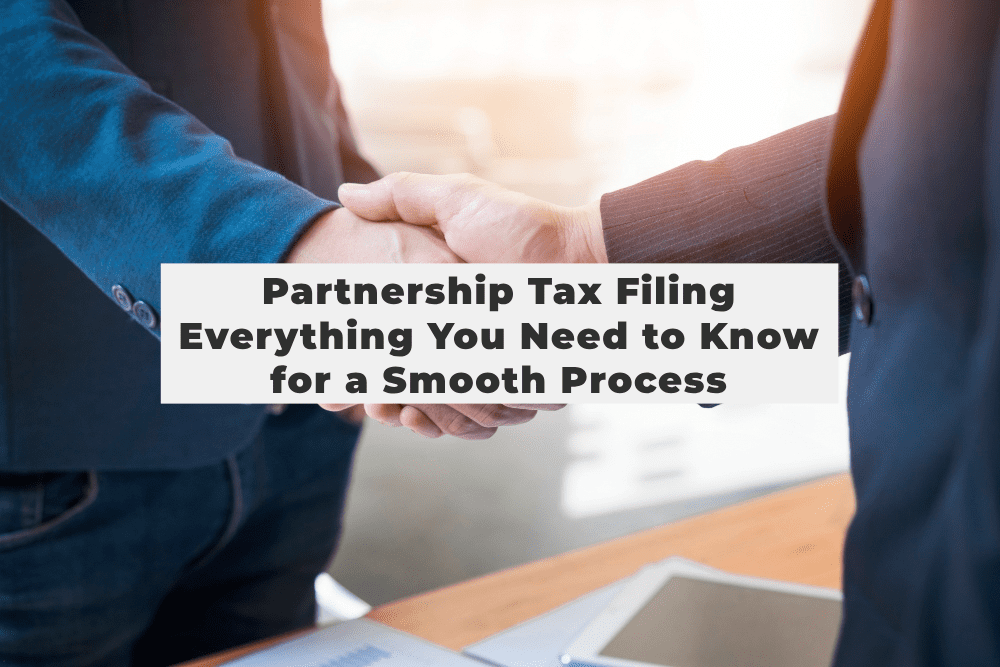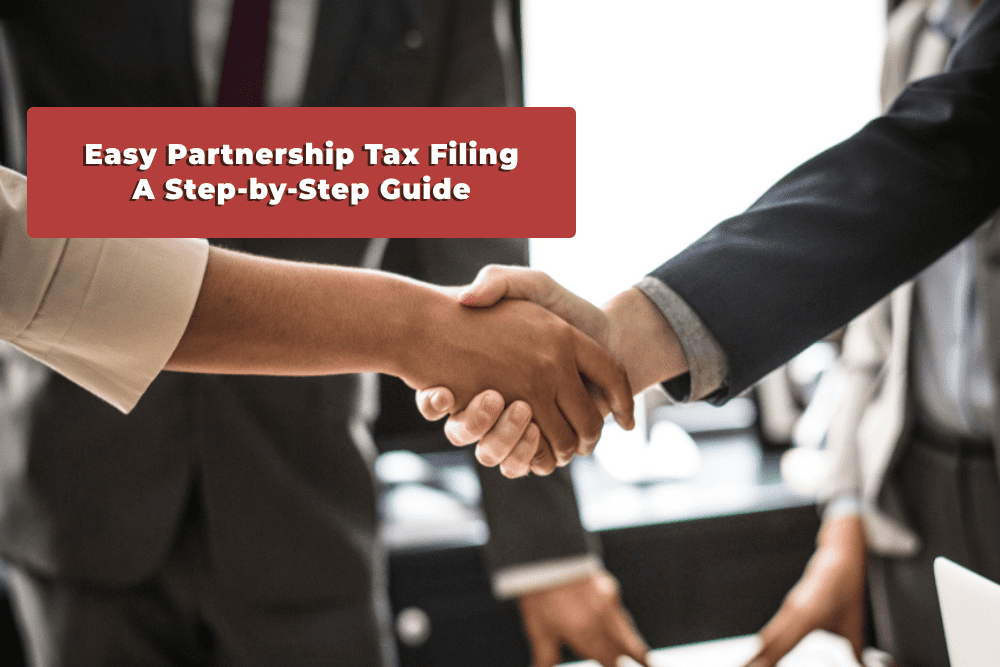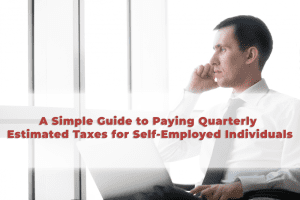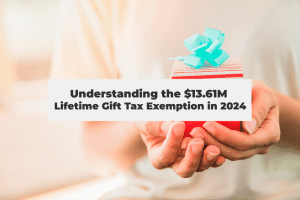When you’re in a partnership, tax filing is a team effort, and it’s essential to get it right. Unlike other business structures, partnerships require unique tax filing procedures, and knowing what to do will help you avoid mistakes, save money, and meet deadlines. This guide will break down the basics of Tax Filing for Partnerships, helping you understand what to file, when, and how, all in simple, straightforward language.
Whether it’s your first time filing taxes as a partnership or you’re looking to brush up on the process, here’s what you need to know to keep your partnership’s tax filing smooth and stress-free.
1. What is a Partnership? Understanding the Basics
A partnership is a business owned by two or more individuals who share in profits, losses, and decision-making. The IRS classifies partnerships into different types, including general partnerships, limited partnerships (LPs), and limited liability partnerships (LLPs). While each type has specific characteristics, they all follow the same core tax filing structure.
2. Understanding Partnership Tax Filing Requirements
Unlike corporations, partnerships are “pass-through” entities. This means the partnership itself doesn’t pay federal income taxes. Instead, the profits or losses “pass through” to the partners, who then report these amounts on their individual tax returns.
The partnership itself must file an annual information return, also known as Form 1065, to report income, deductions, gains, and losses. Each partner receives a Schedule K-1, detailing their share of the partnership’s income, which they’ll use to complete their individual returns.
Key Points on Form 1065 and Schedule K-1:
- Form 1065 is required by the IRS to provide information on the partnership’s income.
- Schedule K-1 outlines each partner’s portion of income, deductions, and credits.
3. Step-by-Step Guide to Filing Partnership Taxes
To make Tax Filing for Partnerships easier, here’s a step-by-step guide to help you navigate the process:
Step 1: Collect All Necessary Financial Documents
Ensure all partnership financial records are organized and complete, including income statements, expense records, and other relevant financial documents. Each partner’s contributions, distributions, and ownership percentage should be clearly documented.
Step 2: Complete Form 1065
Form 1065 requires the partnership to report income, gains, losses, deductions, and credits. Accurate reporting on this form is crucial, as any errors can lead to IRS scrutiny or fines.
Tip: Many partnerships use accounting software to streamline this process, but consulting a tax professional can be beneficial if you’re unfamiliar with Form 1065.
Step 3: Distribute Schedule K-1 to Each Partner
Each partner must receive a Schedule K-1, which details their share of the partnership’s earnings. Partners use this form to report their partnership income or loss on their individual tax returns.
Note: Distributing Schedule K-1 early is helpful so partners have time to review and include the information on their tax returns.
Step 4: File Form 1065 by the Deadline
The IRS filing deadline for Form 1065 is March 15, or the 15th day of the third month after the partnership’s tax year ends. Extensions are available, but be aware of any penalties for late filing.
4. Deadlines and Extensions: Don’t Miss the Filing Date
Meeting tax filing deadlines is critical to avoid penalties. Here are key deadlines to remember:
- Form 1065 Filing Deadline: March 15 for calendar-year partnerships.
- Individual Partner Filing Deadline: April 15 (individual tax filing deadline).
If your partnership needs more time, file Form 7004 for a six-month extension. This can buy you time to gather documents and ensure accuracy in filing. Keep in mind that filing an extension does not mean you don’t owe taxes; any taxes due must still be paid by the original deadline.
5. Common Mistakes to Avoid in Partnership Tax Filing
Even seasoned business owners make mistakes. Here are some common pitfalls to watch out for:
Not Issuing Schedule K-1 to All Partners
Each partner must receive a Schedule K-1 to report income accurately. Missing or delayed K-1s can lead to IRS fines.
Miscalculating Partner Contributions
Record each partner’s contributions accurately, including cash, property, and services. Mistakes in partner contributions can complicate tax calculations.
Missing Deductible Expenses
Partnerships can often deduct expenses like salaries, rent, utilities, and office supplies. Ensure you capture all legitimate deductions to reduce the taxable income reported.
Failing to Meet Deadlines
Missing deadlines can result in IRS penalties and interest charges. Filing timely keeps your partnership in good standing.
Partnership Tax Filing: Everything You Need to Know for a Smooth Process
Filing taxes for partnerships can seem like a daunting process, but it doesn’t have to be. Partnerships—businesses…
Read More

6. Understanding Partnership Tax Deductions and Credits
Partnerships can benefit from various tax deductions and credits, reducing the overall taxable income passed on to partners. Some deductions include:
- Salaries and Wages: Employee salaries are deductible.
- Business Operating Expenses: Costs for rent, utilities, office supplies, and travel may be deductible.
- Insurance Premiums: Health insurance and liability insurance are commonly deductible.
- Interest on Business Loans: If your partnership has business loans, the interest paid may be deductible.
7. How Partnerships Are Taxed at the State Level
8. Should You Hire a Professional for Partnership Tax Filing?
While partnerships can manage their own tax filing, many turn to professionals, especially for multi-partner or complex businesses. Hiring a tax professional can reduce stress, minimize errors, and maximize deductions.
Benefits of Hiring a Tax Professional:
- Expertise with partnership tax laws and changes.
- Accurate preparation of Form 1065 and Schedule K-1.
- Advice on optimizing tax deductions.
For partnerships looking to simplify the process, Taxfully offers tax preparation services to help you file accurately and on time.
9. What to Do if You Receive an IRS Notice for Your Partnership
Receiving an IRS notice can be alarming, but it’s not uncommon. Notices are often due to simple issues, like missing forms or minor errors.
Steps to Take if You Get an IRS Notice:
- Read the Notice Carefully: Understand what the IRS is requesting.
- Gather Documents: Review your Form 1065 and Schedule K-1 for discrepancies.
- Respond Promptly: Follow the IRS instructions and submit any requested information.
Taxfully can help if your partnership needs assistance responding to an IRS notice or understanding the notice details.
Final Thoughts: Filing Taxes for Partnerships Simplified
By understanding the basics of Tax Filing for Partnerships and following these steps, you’ll have a smoother, more organized tax filing experience. With proper planning, organized records, and possibly the help of a tax professional, you can ensure that your partnership meets IRS requirements and avoids costly penalties.




